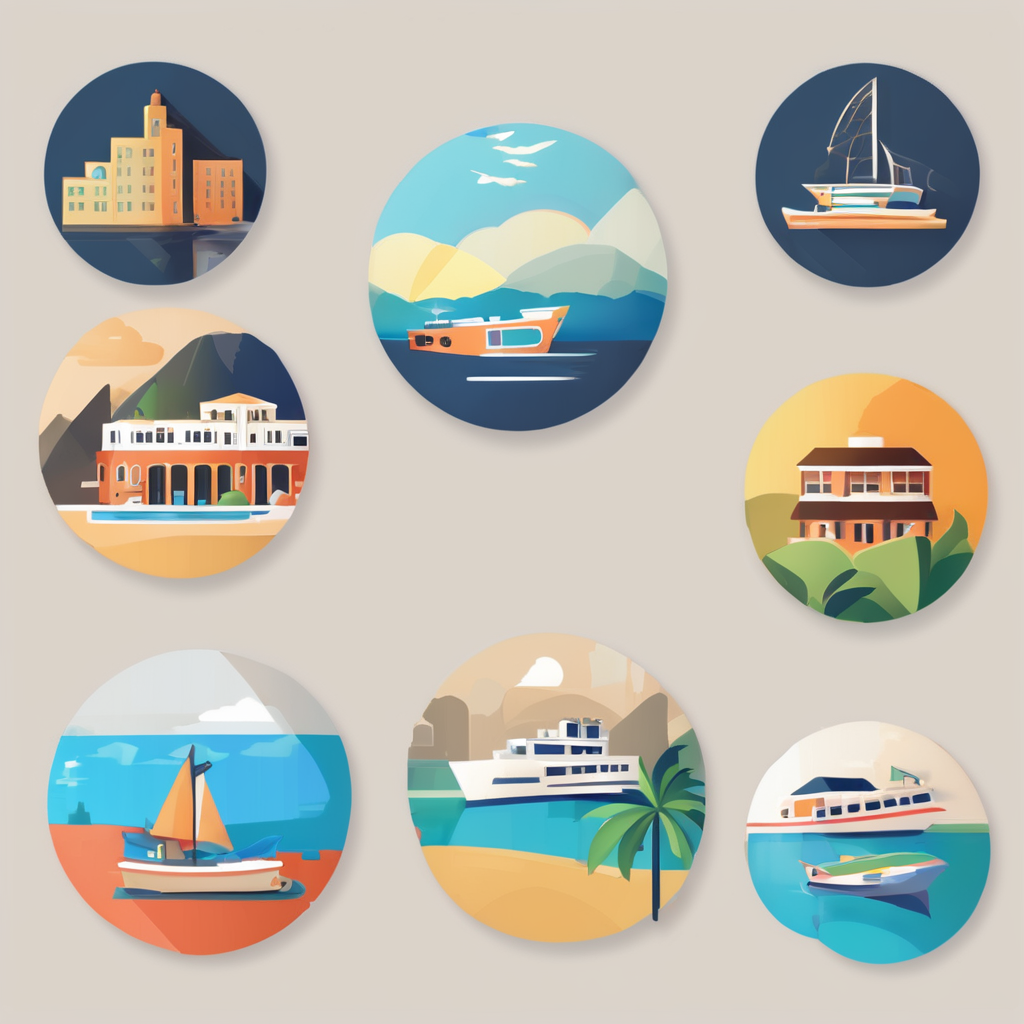Overview of Liverpool’s Connection to the Titanic
Situated along the banks of the Mersey River, Liverpool’s rich maritime heritage is a testament to its golden era in the 19th and early 20th centuries. Renowned as a maritime hub, Liverpool played a crucial role in the story of the Titanic. The Titanic, though built in Belfast, was registered in Liverpool as it was the home of the White Star Line, the shipping company behind the iconic ship. This connection signifies Liverpool’s once-prominent position in maritime activities.
In 1909, Titanic’s construction began in Belfast, but its design and planning were closely associated with Liverpool. Several notable figures in Titanic’s history hailed from Liverpool, adding to the city’s significant connections to the event. For instance, J. Bruce Ismay, chairman of the White Star Line and a passenger on the ship’s fateful journey, had deep ties to Liverpool.
Also read : What Are the Less-Known Traditions of the United Kingdom?
The city’s historical involvement extends beyond individuals, capturing the collective memory of a community bound by the loss and legacy of the Titanic. Emphasising the city’s maritime heritage, Liverpool remains a pivotal point for enthusiasts delving into the intricate narrative of this storied liner.
Significant Landmarks Related to the Titanic
Liverpool’s maritime heritage offers a plethora of historical sites that remain an integral part of Titanic landmarks. These landmarks not only celebrate the city’s connection to the maritime legacy but also preserve the historic ties related to the Titanic.
Also read : Discover Scotland’s Stunning Scenic Railways: A Historic Journey Through Timeless Landscapes
The Maritime Museum
Nestled in Liverpool, the Maritime Museum is a cornerstone in the preservation of maritime history. Dedicated exhibits on the Titanic allow visitors to explore artifacts and accounts from the ill-fated voyage. A visit here provides an immersive experience into Titanic’s past, making it a must-see for history enthusiasts.
Pier Head
The Pier Head area holds a prominent place in maritime heritage. With its historical importance, visitors can glimpse into where the Titanic story unfolds. The Royal Albert Dock, another significant spot, enriches this history. Guided tours blend these fascinating sites with vivid storytelling, bringing the Titanic’s tale alive.
The White Star Line Building
As the former base of Titanic’s operator, the White Star Line Building is steeped in history. Its unique architecture draws visitors intrigued by maritime stories. Today, the building symbolises Liverpool’s enduring connection to the past with informative tours shedding light on Titanic’s legacy.
Personal Accounts and Stories
Engaging in the history of the Titanic reveals a tapestry of personal accounts and narratives from Liverpool locals. These Titanic survivor stories make history tangible, capturing first-hand experiences from people who lived through the era. Among these narratives are accounts from individuals who witnessed the Titanic’s departure, providing a vivid picture of the anticipation and excitement that surrounded the ship’s maiden voyage as it set sail in April 1912.
Eyewitness accounts published in historic newspaper articles offer a window into the Titanic’s journey, reflecting the media coverage and public sentiment of the time. Newspapers chronicled every detail, from construction to its catastrophic sinking, which held the world in suspense.
The city of Liverpool is imbued with the memoirs of families touched by the Titanic tragedy. These stories are woven into the fabric of local history, as many Liverpool families experienced the loss of loved ones. The profound impact on these families is felt in recollections handed down through generations, offering a poignant perspective on the ship’s legacy. Exploring these memoirs enhances understanding of the Titanic’s enduring emotional and historical significance.
Exhibits and Tours Celebrating Titanic Legacy
Exploring Titanic exhibitions in Liverpool offers an engaging dive into the ship’s storied past. These exhibits form a core part of Liverpool’s maritime narrative, showcasing the city’s crucial role in Titanic’s history.
Special Titanic Exhibits
Presently, several exhibits focus on the comprehensive Titanic narrative, providing insights into the events surrounding the ship’s tragedy. They highlight notable artifacts, such as original Titanic menus and personal items belonging to passengers. These items hold immense significance, allowing visitors to connect intimately with the experiences of those on board.
Guided Tours
Embarking on guided tours offers a deeper understanding of Titanic landmarks. Various tours are available, each highlighting essential sites like the White Star Line Building and Royal Albert Dock. Expert tour guides provide fascinating insights into Liverpool’s maritime history, weaving in stories from the Titanic era that captivate and inform.
For the best experience, visitors are encouraged to select tours led by guides with deep knowledge of maritime education. These tours not only illuminate Titanic’s legacy but also celebrate Liverpool’s rich maritime heritage, ensuring the connection remains poignant for current and future generations.
Educational Resources for Further Exploration
Diving into the world of Titanic educational resources offers avid learners a chance to broaden their understanding of maritime education linked to this historic ship. With an array of books and documentaries, enthusiasts are provided with comprehensive insights into Titanic’s tale. These resources delve into intricate details of the ship’s construction, voyage, and eventual demise, offering a thorough understanding that enriches the historical narrative.
Online platforms are invaluable tools for accessing diverse materials related to the Titanic’s legacy. Websites dedicated to maritime history often include interactive elements, such as virtual tours and detailed timelines, helping users to visualize and engage with the past. These platforms enable a unique learning experience that is both informative and accessible.
In Liverpool, educational programs focusing on maritime history are readily available. Institutions in the city offer Titanic-related courses, workshops, and seminars designed to immerse participants in the ship’s history and its significant connections to Liverpool. These programs allow for an in-depth exploration that complements more traditional learning methods, ensuring enthusiasts can engage in enriched educational avenues that sustain interest in the Titanic’s storied past.

